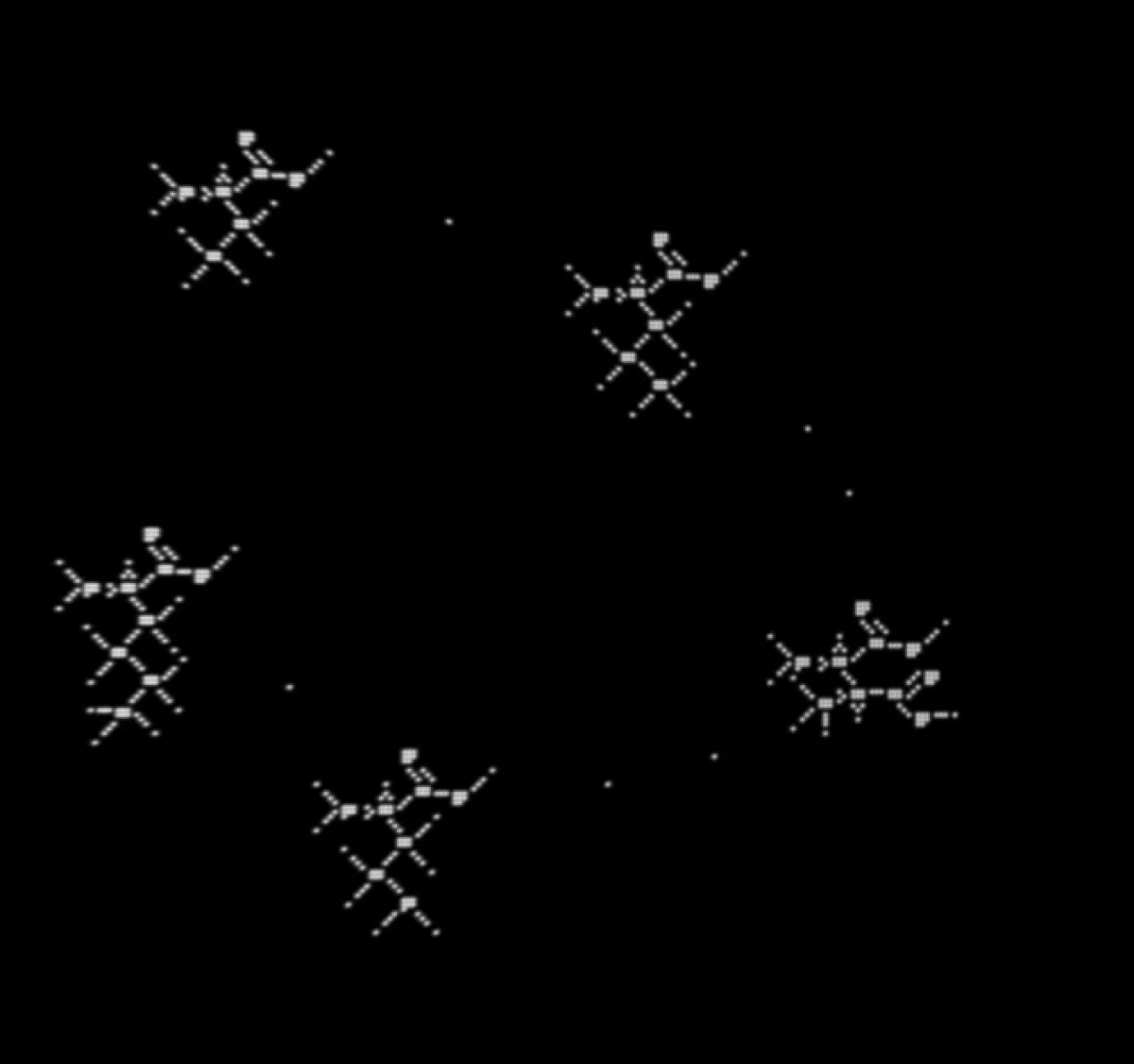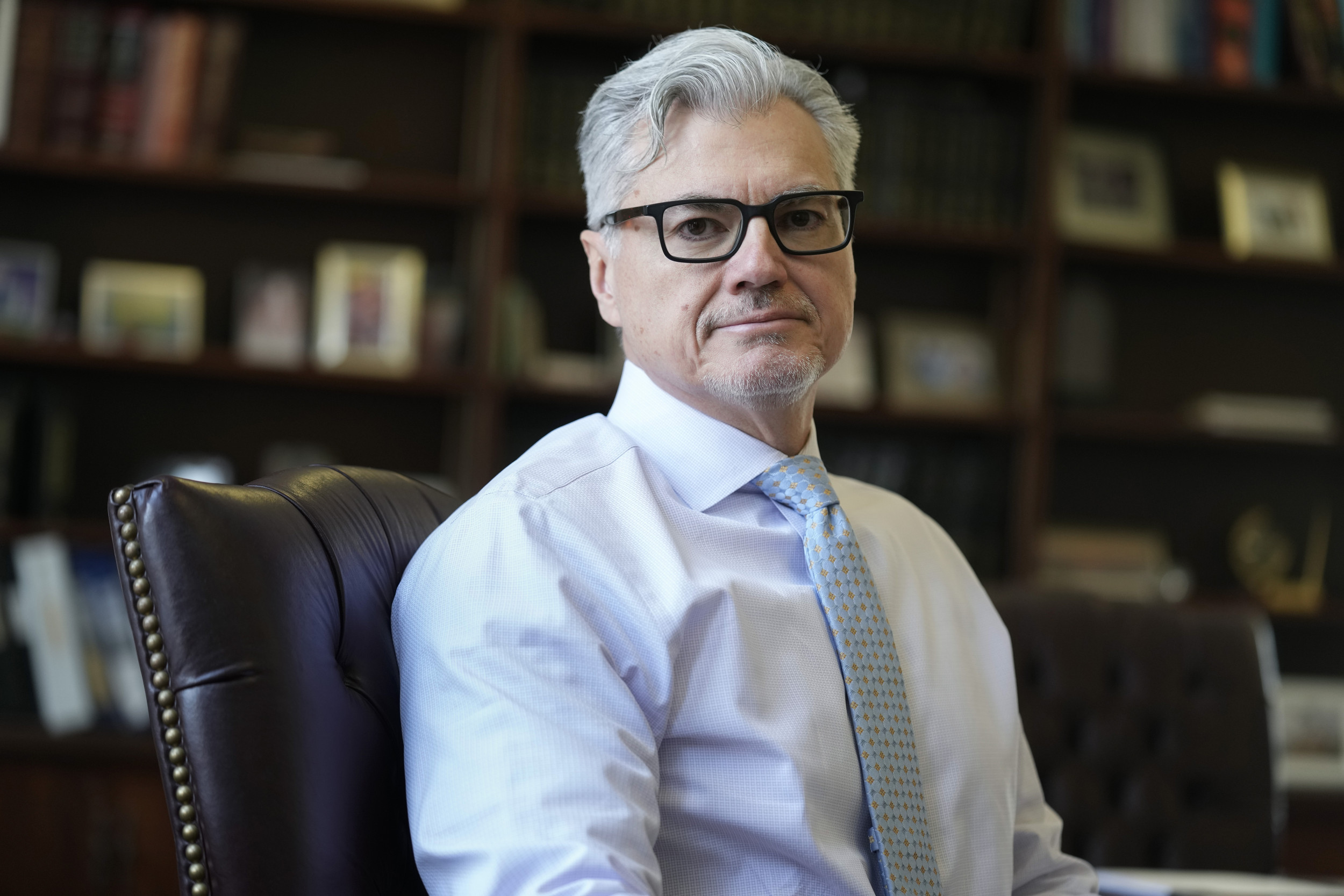In a development that bridges science, art and citizen science, a father-daughter team from the United States has successfully decoded a simulated extraterrestrial signal beamed from Mars.
The signal, transmitted in May 2023 from the European Space Agency's (ESA) ExoMars Trace Gas Orbiter (TGO), was part of an innovative art project called "A Sign in Space," led by media artist Daniela de Paulis, who serves as artist in residence at both the SETI (Search for Extraterrestrial Intelligence) Institute and the Green Bank Observatory.
After more than a year of dedicated effort, Ken and Keli Chaffin managed to decipher the mysterious message, which appeared as white dots arranged in five distinct clusters against a black background.
Their breakthrough revealed that the signal represented five amino acids—the fundamental building blocks of life.
The pair discovered that the message contained movement patterns suggesting cellular formation and life forms.

Initial signal extraction came within just 10 days of transmission, with a community of 5,000 citizen scientists successfully pulling the message from the raw radio signal data.
The more complex task of actually decoding the signal's meaning took over a year, with the Chaffins spending countless hours running simulations and following their scientific intuition.
The project, supported by the ESA, the SETI Institute, and the Green Bank Observatory, represents more than just a technical achievement. As de Paulis said in statement, "Receiving a message from an extraterrestrial civilization would be a profoundly transformational experience for all humankind.
"A Sign in Space offers the unprecedented opportunity to tangibly rehearse and prepare for this scenario through global collaboration, fostering an open-ended search for meaning across all cultures and disciplines."
However, the successful decoding marks just the beginning. The interpretation of the message, like any artistic creation, remains open to discussion.
This ambiguity mirrors the challenges we might face when attempting to interpret genuine extraterrestrial communications, which could be vastly different from human forms of expression.
The success of the project, particularly the crucial role played by citizen scientists, demonstrates the importance of diverse perspectives and unconventional thinking in SETI research.
"This experiment is an opportunity for the world to learn how the SETI community, in all its diversity, will work together to receive, process, analyze, and understand the meaning of a potential extraterrestrial signal," ATA Project Scientist Wael Farah said in a statement at the time of the project's launch.
"More than astronomy, communicating with ET will require a breadth of knowledge. With 'A Sign in Space,' we hope to make the initial steps towards bringing a community together to meet this challenge."
Do you have a tip on a science story that Newsweek should be covering? Do you have a question about alien life? Let us know via science@newsweek.com.




















 English (US) ·
English (US) ·